For many people, the idea of heavy lifting conjures up images of hulking bodybuilders and worries about injury. As a result, a number of myths have surrounded the practice of lifting heavy weights, particularly for beginners or those with certain misconceptions about strength training. But is heavy lifting really dangerous? And are the stereotypes about strength training rooted in fact or fear? Let’s break down some of the most common myths about heavy lifting and explore why strength training is not only safe but also incredibly beneficial for people of all fitness levels.
Myth 1: Heavy Lifting Is Dangerous and Will Lead to Injury
One of the most pervasive myths about heavy lifting is that it is inherently dangerous and will inevitably lead to injuries. While injuries can certainly occur if exercises are performed incorrectly, heavy lifting itself is not inherently dangerous—in fact, it can be quite safe when executed with proper form and precautions.
Heavy lifting places stress on muscles, tendons, and joints, which is how strength and resilience are built. However, with a focus on proper technique, gradual progression, and appropriate warm-up routines, the risk of injury can be minimized. It’s important to remember that injuries are just as likely to occur due to poor form with light weights or improper movements in daily life. Learning proper lifting technique is the key to staying safe, regardless of the weight being lifted.
The use of a spotter for certain lifts, especially those involving heavy weights like the bench press or squat, is another precaution that can keep you safe while pushing your limits. Additionally, listening to your body and avoiding pushing through pain will help prevent injuries.
Myth 2: Heavy Lifting Is Only for Bodybuilders and Powerlifters
Another common misconception is that heavy lifting is exclusively for bodybuilders, powerlifters, or “meatheads.” In reality, lifting heavy weights can benefit a wide variety of people, from athletes to seniors looking to improve their quality of life. Heavy lifting isn’t just about bulking up; it’s about building functional strength, bone density, and metabolic health.
Functional strength is the ability to perform everyday activities more easily—whether it’s lifting groceries, moving furniture, or carrying your kids. By incorporating heavy lifting into your routine, you can improve your overall functional strength and make everyday tasks less challenging.
Moreover, bone density is a crucial benefit of heavy lifting, especially for older adults. Heavy resistance training stimulates bone remodeling, increasing bone mineral density and reducing the risk of osteoporosis. Studies have shown that people who lift weights regularly have a lower risk of bone fractures as they age.
Myth 3: Heavy Lifting Makes You Bulky
One of the reasons many people, particularly women, avoid heavy lifting is the fear of getting too bulky. The truth is, achieving the level of muscle mass associated with bodybuilders requires specific training, strict nutrition, and often years of hard work. Most people will not get “bulky” simply from lifting heavy weights—in fact, many find that strength training helps them achieve a toned and lean appearance.
For women especially, the hormone testosterone plays a major role in determining muscle growth. Men have significantly higher testosterone levels, which is one reason they tend to gain muscle more easily. Women, on the other hand, usually do not have enough testosterone to create the kind of bulk that some fear. Instead, heavy lifting will help sculpt and define muscles, leading to a strong, toned physique without the excessive bulk.
Myth 4: Lifting Heavy Weights Is Bad for Your Joints
It’s a common belief that heavy lifting is bad for your joints, leading to wear and tear over time. While high-impact sports or improper lifting can cause joint issues, properly performed heavy lifting can actually strengthen the muscles, tendons, and ligaments that support the joints.
When you lift weights, the muscles surrounding your joints grow stronger, which means they can better absorb shock and reduce the stress placed directly on the joints themselves. This additional support can help alleviate joint pain in some individuals and can even serve as a preventive measure against conditions like arthritis. That said, it’s important to ensure that loads are increased gradually and that proper form is always maintained to prevent excessive strain.
Progressive overload, which involves gradually increasing weight, helps joints adapt over time. Lifting with poor technique, however, such as locking out joints or using momentum, can indeed be harmful. This is why learning correct form and working within a range of motion that feels comfortable is so crucial to avoiding injury.
Myth 5: You Have to Lift Heavy Every Day to Get Stronger
Many people assume that heavy lifting every day is the only way to build strength. In reality, recovery is just as important as the actual lifting. Lifting heavy weights causes microtears in the muscle fibers, which then need time to heal and grow back stronger. Training without adequate recovery can lead to overtraining, fatigue, and even injuries, ultimately stalling progress.
The key is periodization—structuring your workouts to include a balance of heavy lifting days, lighter days, and rest days. This approach helps to prevent overtraining while maximizing muscle and strength gains. Most strength training programs include heavy lifting only 2-3 times per week per muscle group, allowing the body to recover properly between sessions.
For those looking to improve overall fitness, alternating between heavy lifting days and days focused on lighter weights, cardio, or mobility work can help maintain a well-rounded fitness routine without putting undue stress on the body.
Myth 6: Older Adults Should Avoid Heavy Lifting
There is often a misconception that older adults should avoid lifting heavy weights due to an increased risk of injury. However, research shows that strength training can be extremely beneficial for older adults, especially when it comes to maintaining muscle mass, balance, and bone density. Aging naturally leads to a decline in muscle mass and bone density, but resistance training—including heavy lifting—can help counteract these effects.
The key for older adults is to lift weights that are challenging but safe, and to focus on proper form. Many older adults experience significant improvements in functional strength, mobility, and even mental well-being through heavy lifting. Additionally, training with a coach or personal trainer can help older individuals build confidence and ensure that they are lifting safely.
Myth 7: Heavy Lifting Doesn’t Burn Fat
Cardio has long been considered the king of fat loss, but heavy lifting can be just as effective—if not more so—when it comes to burning calories and shedding fat. When you lift heavy weights, you build lean muscle mass, which in turn increases your metabolism. Muscle tissue burns more calories at rest compared to fat tissue, which means the more muscle you have, the more calories you burn throughout the day.
Heavy lifting also contributes to excess post-exercise oxygen consumption (EPOC), commonly known as the “afterburn effect.” After a heavy lifting session, your body continues to burn calories at an elevated rate for hours, even as you rest. This means that heavy lifting has both an immediate calorie-burning effect during exercise and a prolonged effect afterward, making it a powerful tool for fat loss.
Myth 8: Heavy Lifting Isn’t for Beginners
It’s easy to see people lifting heavy weights in the gym and assume that this kind of training is only for experienced athletes. However, beginners can safely lift heavy weights—provided they focus on learning proper form first. Beginners may not start with extremely heavy weights, but progressively increasing the weight they lift is a form of heavy lifting.
Starting with lighter weights and gradually increasing the load as strength improves is the best way to learn how to lift heavy safely. Beginners should focus on compound movements—such as squats, deadlifts, and bench presses—that work multiple muscle groups at once. These exercises lay the foundation for strength and ensure that the body is prepared for more challenging lifts down the line.
Working with a trainer can be a great way for beginners to build confidence with heavier lifts. Trainers can provide valuable feedback on form, progression, and techniques to ensure that beginners stay safe while making progress.
Heavy Lifting: Safe and Beneficial When Done Right
Heavy lifting is not only safe when done correctly, but it also provides a wide range of benefits—from increased strength and muscle mass to better bone density and fat loss. By debunking these common myths, it becomes clear that heavy lifting isn’t something to be feared. Instead, it’s a powerful and effective way to improve overall fitness, functional strength, and quality of life.
With the right approach—focused on proper form, gradual progression, and adequate recovery—heavy lifting can be embraced by people of all ages and fitness levels. Whether you’re a beginner or an experienced lifter, adding challenging weights to your routine can help you achieve your fitness goals while keeping you strong and resilient.













